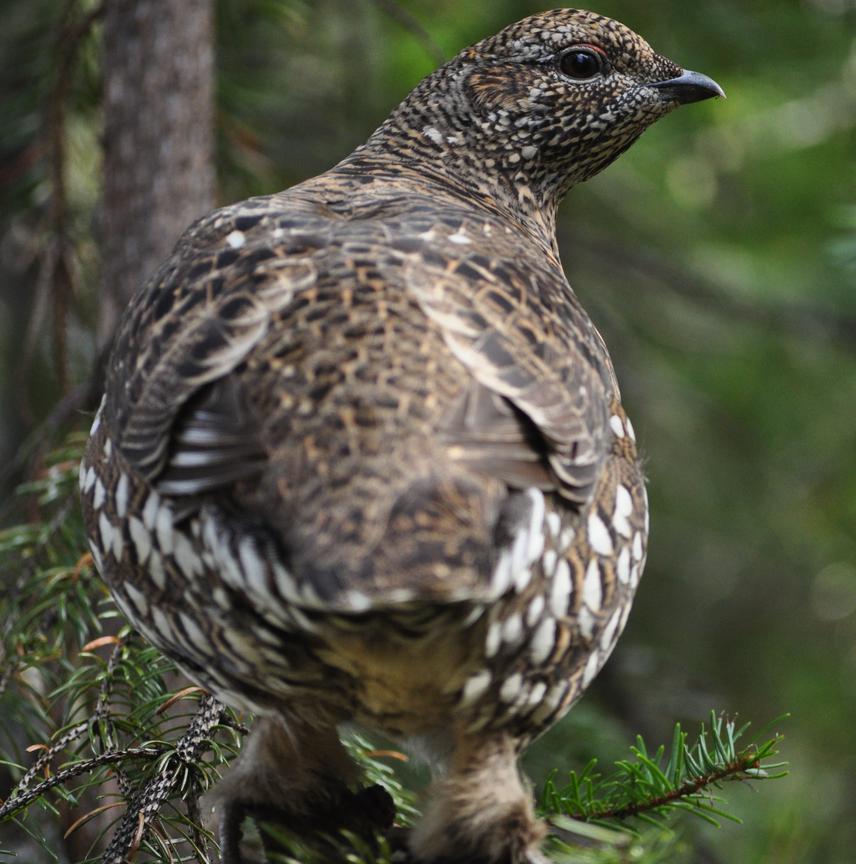Kateryna Konovalenko
The project aims to study Siberian grouse habitat requirements in order to model current distribution of the species, estimate rates of habitat loss and provide a first guideline on species habitat protection for forest managers.

The dark coniferous Okhotsk-taiga in the south-eastern part of the Russian Far East hosts an endemic old-growth specialist: the Siberian grouse. It is a poorly studied Tetraonidae species which possesses a Near Threatened status on IUCN Red List.
Forestry operations and other land use activities subject Siberian grouse to habitat loss and deterioration which are considered main threats to its survival. Broad scale timber harvesting interrupts the natural succession cycle and particularly reduces the species ́ winter habitat, which comprises stands of late successional Picea jezoensis. It is unclear how much suitable area is still available to the species and what the rates of habitat loss are. Therefore, reassessment of IUCN category seems to be warranted.
Our project will make a contribution to knowledge on a data-deficient Siberian grouse, a plausible umbrella species for dark coniferous forest ecosystems in the Russian Far East. Data on vegetation composition and habitat association obtained in a pilot study in September 2014 will enable us to:
-identify the most important factors explaining Siberian grouse occurrence at several spatial scales;
-model distribution of Siberian grouse based on remote sensing data;
-gain first insights into responses of the species to forestry practice;
-provide a preliminary guideline for forest managers on identification and management of Siberian grouse habitats;
-approach indirect reassessment of the IUCN Red List category;
-plan further stages of research.
In order to disseminate our findings, facilitate their outreach to broader public and use in conservation practice we plan to share our results with Amur department of WWF Russia. They have been cooperating with forestry companies that have undergone FSC certification to help them fulfil obligations regarding protection of valuable species in production areas. Until now there is no guideline in place to help managers identify areas important for Siberian grouse. Knowledge provided by our research may become a solid ground for Siberian grouse conservation programs.